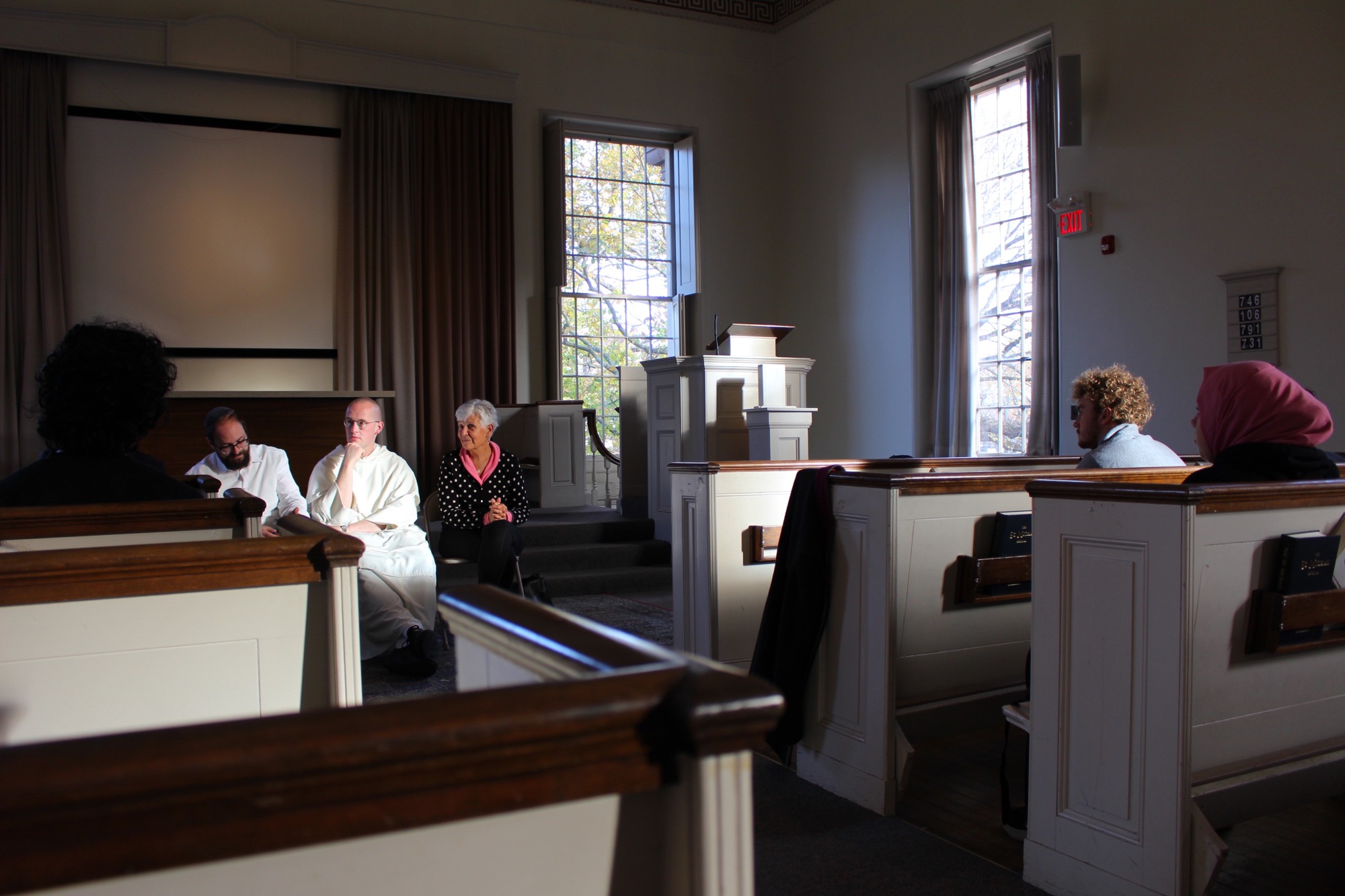The chaplains' work is rooted in the care of the whole person—body, soul and spirit. As such, a core mission of every chaplain is to make available pastoral care and advisement for any member of the Brown community—students, staff, faculty, and alumni; solve problems; ease discomfort; and function as an advocate for faculty, staff, students and alumni/ae. This can happen through individual counsel, interventions in emergencies (both academic and personal), programming on critical spiritual themes or concerns, and presiding at key life rituals. The latter includes everything from weekly services to weddings/unions, baptism/blessing of children, and memorial or funeral rites. The composite of the chaplains' work in this area includes care for many hundreds of community members.
Another key part of the chaplains' mission is to increase religious literacy within the Brown community. Thus, OCRL is guided by the same core principles as articulated in Liberal Learning at Brown— "to remain open—to people ideas, and experiences that may be entirely new. By cultivating such openness, you will learn to make the most of the freedom you have, and to chart the broadest possible intellectual journey."
Furthermore, the office supports religious diversity and promotes more nuanced knowledge of and acquaintance with religious practice and topics. It dives deeply into the complexity of religious identity through interfaith dialogue, multifaith collaborations, and other service beyond the Van Wickle Gates.